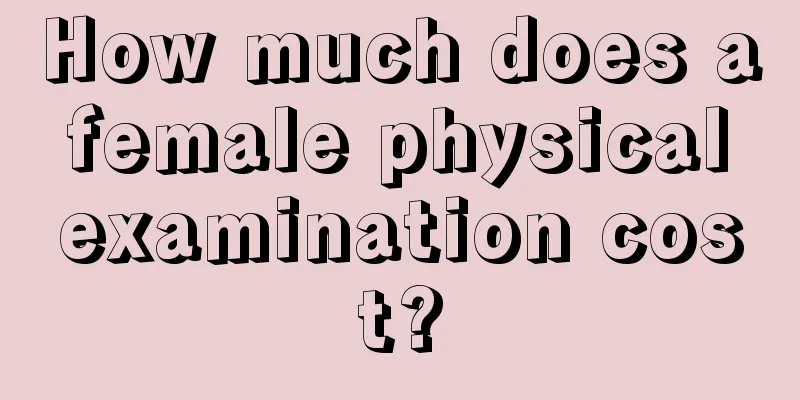The reason why breasts feel hard

|
When most people feel a lump in their breast, their first reaction is "Do I have breast cancer?" But in fact, breast swelling, pain or a lump does not necessarily mean that you have breast cancer. There is still a considerable gap between the two. Suggestions: Once you find a lump or swelling in your breast, don't panic. You can observe it for a few days. If tenderness or an obvious lump occurs, you need to see a breast surgeon and ask the doctor to check carefully. You should also communicate fully with the doctor to thoroughly understand the cause of the swelling, pain and lump. Causes of breast swelling and pain: Breast pain is partly due to the stimulation of the mammary glands by estrogen and progesterone, causing breast swelling. Sometimes there is also nipple pain and transparent secretions. This situation usually occurs before menstruation and disappears after the end of menstruation. Some people experience irregular swelling and pain in the breast. This type of breast pain does not necessarily mean a breast tumor. Even if a lump can be felt in the breast, it does not necessarily mean breast cancer. Because breast cancer rarely causes pain or other obvious symptoms in the early stages, early detection can only be done through breast self-examination and mammography. Breast cancer will not cause pain unless it has grown large enough to invade the nerves around the chest wall. Therefore, most occasional breast pain can be treated with regular medical examinations and there is no need to be too anxious. Some swellings, pains or lumps are initially diagnosed as breast tumors. Most of these breast tumors are benign, but they may also be the precursors of breast cancer: Breast fibrocystic: This is the most common benign breast tumor, mostly occurring in women over 30 years old, often on both breasts and multiple, with swelling and tenderness, and more severe symptoms before menstruation. Breast fibroadenoma: It is common in women around 20 years old. A lump can be felt in the breast, but there is no tenderness. Enlarged milk ducts: It is often found in women around 40 years old, and the nipples on both sides will secrete some sticky liquid. The patient will have a burning sensation and a dull pain in the areola area, and upon palpation, curved and swollen milk ducts will be found under the areola. In fact, you don’t need to panic too much when you find it. You need to observe for a few days. It may not be the case. If there are really serious symptoms, you should go to the hospital for treatment. Then we will feel relieved. However, this situation is related to our daily living habits, so we should pay special attention to our daily living habits and not be too indulgent. I hope the above suggestions can help you. |
<<: Causes of lobular breast hyperplasia
>>: Causes of lumps in the breast
Recommend
Brown discharge lasts for a month
If you feel that the brown discharge from your va...
Can I have sex before doing vaginal ultrasound?
There is no need to prohibit sexual intercourse b...
Should I put beef in cold water or hot water? What is the difference between beef and sirloin?
Beef is actually a general term, referring to the...
Can I drink yogurt if I have breast hyperplasia?
Speaking of the disease of breast hyperplasia, ma...
Postpartum foot peeling
Giving birth is both a painful and happy thing fo...
Tonify kidney yang before menstruation and nourish blood and yin after menstruation
Most women probably want to know how to eat durin...
What are the best dishes to eat during menstruation?
The menstrual period is a period that requires sp...
Side effects after breast reconstruction
In recent years, the incidence of cancer has been...
Female reproductive organs diagram
Female genitals, including female internal genita...
What causes pain in the lower right side of a woman's abdomen? Experts introduce answers
If a woman experiences pain in the lower right si...
Can I keep the baby if I get pregnant again one month after a miscarriage?
Miscarriage will have a certain impact on women&#...
How did the name Chengdu come from? Topographical features of Chengdu
Chengdu, referred to as Rong, is the capital of S...
Globalwebindex: Android OS usage increased from 32% to 65% in two years
Between the fourth quarter of 2011 and the fourth...
What are the taboos for eating plum blossoms? What are the flavors of plum blossoms?
Plum, orchid, bamboo and chrysanthemum are the fo...









